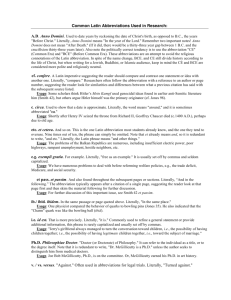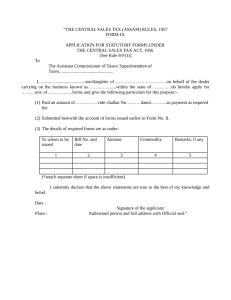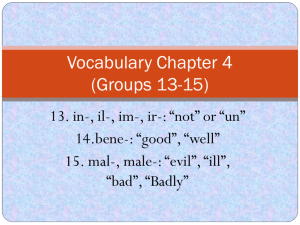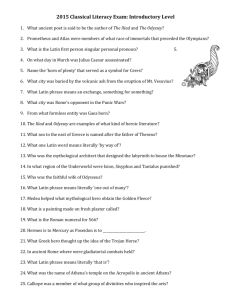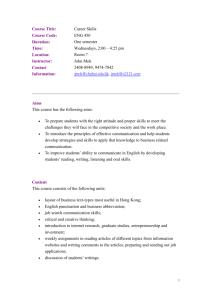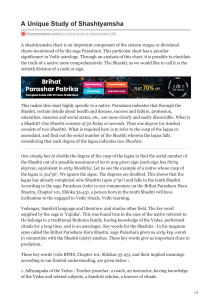Common Latin Abbreviations Used in Research:
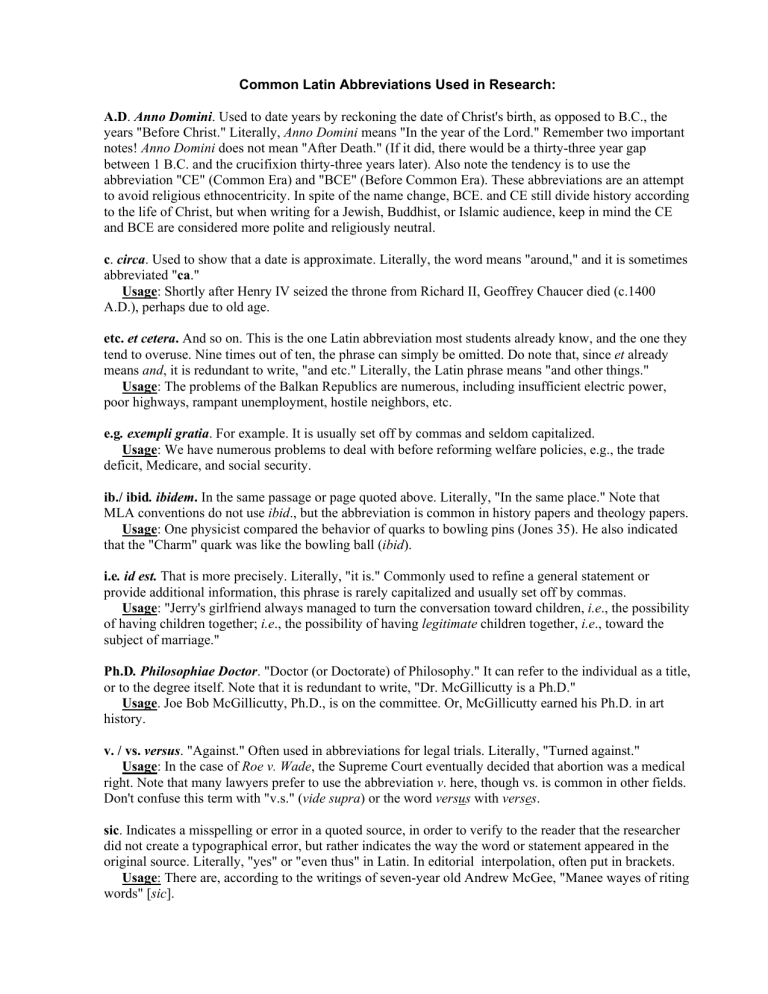
Common Latin Abbreviations Used in Research:
A.D
. Anno Domini . Used to date years by reckoning the date of Christ's birth, as opposed to B.C., the years "Before Christ." Literally, Anno Domini means "In the year of the Lord." Remember two important notes! Anno Domini does not mean "After Death." (If it did, there would be a thirty-three year gap between 1 B.C. and the crucifixion thirty-three years later). Also note the tendency is to use the abbreviation "CE" (Common Era) and "BCE" (Before Common Era). These abbreviations are an attempt to avoid religious ethnocentricity. In spite of the name change, BCE. and CE still divide history according to the life of Christ, but when writing for a Jewish, Buddhist, or Islamic audience, keep in mind the CE and BCE are considered more polite and religiously neutral. c . circa . Used to show that a date is approximate. Literally, the word means "around," and it is sometimes abbreviated " ca ."
Usage : Shortly after Henry IV seized the throne from Richard II, Geoffrey Chaucer died (c.1400
A.D.), perhaps due to old age. etc. et cetera.
And so on. This is the one Latin abbreviation most students already know, and the one they tend to overuse. Nine times out of ten, the phrase can simply be omitted. Do note that, since et already means and , it is redundant to write, "and etc." Literally, the Latin phrase means "and other things."
Usage : The problems of the Balkan Republics are numerous, including insufficient electric power, poor highways, rampant unemployment, hostile neighbors, etc. e.g. exempli gratia . For example. It is usually set off by commas and seldom capitalized.
Usage : We have numerous problems to deal with before reforming welfare policies, e.g., the trade deficit, Medicare, and social security. ib./ ibid. ibidem.
In the same passage or page quoted above. Literally, "In the same place." Note that
MLA conventions do not use ibid ., but the abbreviation is common in history papers and theology papers.
Usage : One physicist compared the behavior of quarks to bowling pins (Jones 35). He also indicated that the "Charm" quark was like the bowling ball ( ibid ). i.e. id est. That is more precisely. Literally, "it is." Commonly used to refine a general statement or provide additional information, this phrase is rarely capitalized and usually set off by commas.
Usage : "Jerry's girlfriend always managed to turn the conversation toward children, i.e
., the possibility of having children together; i.e
., the possibility of having legitimate children together, i.e
., toward the subject of marriage."
Ph.D. Philosophiae Doctor . "Doctor (or Doctorate) of Philosophy." It can refer to the individual as a title, or to the degree itself. Note that it is redundant to write, "Dr. McGillicutty is a Ph.D."
Usage . Joe Bob McGillicutty, Ph.D., is on the committee. Or, McGillicutty earned his Ph.D. in art history. v. / vs. versus . "Against." Often used in abbreviations for legal trials. Literally, "Turned against."
Usage : In the case of Roe v. Wade , the Supreme Court eventually decided that abortion was a medical right. Note that many lawyers prefer to use the abbreviation v . here, though vs. is common in other fields.
Don't confuse this term with "v.s." ( vide supra ) or the word versus with verses . sic . Indicates a misspelling or error in a quoted source, in order to verify to the reader that the researcher did not create a typographical error, but rather indicates the way the word or statement appeared in the original source. Literally, "yes" or "even thus" in Latin. In editorial interpolation, often put in brackets.
Usage : There are, according to the writings of seven-year old Andrew McGee, "Manee wayes of riting words" [ sic ].
viz. videlicit . "Namely." The abbreviation is often used interchangeably with i.e.
Literally, "As it pleases."
Usage : He was a minor Duke in the House of Lords, viz. the Duke of Rochester. vide. "Look" or "see." This phrase refers the reader to an earlier statement or definition within the body of the essay. The must common uses are " vide 63" (which means "see page sixty-three"), v.s. vide supra
("see earlier" or "look above on this page") and v.i.
vide infra ("See below" or "Look below"). Don't confuse v.s. ( vide supra ) with vs. ( versus ).
Usage : "For the definition of videlicit , vide supra ."
